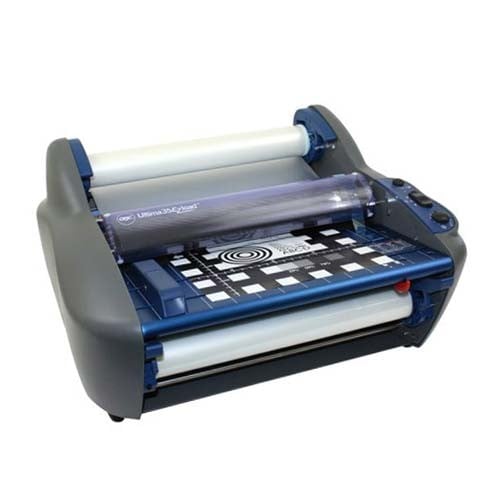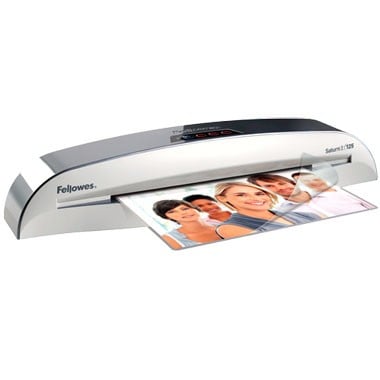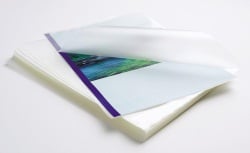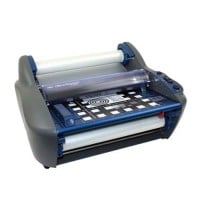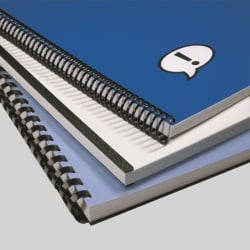MyBinding Knowledge Base
- Binding (248 Article)
- General Binding (42)
- Plastic Comb Binding (57)
- Fastback Binding (59)
- Perfect Binding (2)
- Modular Punching (8)
- Zipbind (3)
- Twin Loop Wire (13)
- Coil Binding (22)
- Thermal Binding (14)
- Strip Binding (1)
- VeloBind (4)
- Binding Covers (14)
- Proclick Binding (10)
- SureBind (4)
- Screw Post (2)
- Hole Punches (2)
- Staplers (4)
- Komtrak Insprial Binding (2)
- Paper (1)
- Rhin-O-Tuff (5)
- Binding Machines Comparison (17)
- Laminating (109 Article)
- General Laminating (26)
- Roll Lamination (16)
- Pouch Lamination (36)
- Pouch Board Laminator (3)
- School Laminator (3)
- Foil Laminating (3)
- Royal Sovereign Laminators (10)
- Laminators Comparison (3)
- Boards (11 Article)
- Bulletin Boards (3)
- Whiteboards (5)
- Chalkboards (1)
- Paper Shredders (44 Article)
- General Shredding (35)
- Industrial Shredders (1)
- Cross-Cut Shredders (2)
- Cardboard Shredders (1)
- Multimedia Shredders (1)
- Personal Shredders (1)
- High Security Shredders (2)
- Ring Binders (9 Article)
- Specialty Binders (2)
- Reinforced Paper (1)
- Health Care Punched Paper (1)
- Perforated Paper (2)
- View Binders (1)
- Index Tabs (9 Article)
- Index Tab Dividers (2)
- Copier Tabs (4)
- Pocket Folders (1)
- Custom Index Tabs (1)
- Pre-Printed Index Tabs (1)
- Paper Handling (37 Article)
- Paper Folders (9)
- Paper Joggers (2)
- Guillotine Cutters (4)
- Rotary Trimmer (3)
- Electronic Paper Cutters (1)
- Corner Rounders (2)
- Paper Scoring (2)
- Paper Drill (2)
- Booklet Makers (3)
- Stack Cutters (1)
- Paper Handling Equipment Comparison (5)
- ID Accessories (12 Article)
- Badge Holder (1)
- Lanyards (8)
- Badge Reels (1)
receive
$5off
*On order $25 or more.
What should I know about laminating?
Have you been wanting to do something to your documents to make them last longer? If so, it’s time to consider laminating them. Lamination is a pretty easy process – we even have a video that can show you how to do it. However, there are a few things you need to know about lamination before you can successfully protect your documents. Let’s get started!
First of all, you’re going to use a pouch laminator. These machines come in a number of sizes and they can laminate a variety of items such as business cards, marketing materials, technical specs, and much more. You need to use a machine that will be able to accommodate your items. For example, a machine with a 5-inch feed opening can laminate name tags but it won’t be able to accommodate letter-sized documents. However, a laminator with a 9-inch feed opening can accommodate both letter-sized documents and name tags. So choose a machine that will work with your documents.
A pouch laminator uses laminating pouches to encapsulate your documents. You need to pay attention to laminating pouch thickness, which is measured in mils. (A mil is 0.001th of an inch.) Pouches range thickness from 1 to 14 mils. A thicker pouch will provide your document with more protection and make it more rigid. Unfortunately, not every laminator can handle every pouch thickness. Thus, you’ll need to choose a pouch that both works with your machine and gives your document enough protection.
Now that you know a little bit about laminators and pouches, it’s time to start laminating. Here’s how you do it:
- Turn your laminator on. Depending on the make and model of the machine, you may need to let it warm up a bit before use. If that’s the case, you’ll either see a light go on or you’ll hear a beep when you can start laminating.
- Choose a pouch of the appropriate size and thickness. Place your document in the pouch, making sure it is fully encapsulated. Put the pouch in a carrier, which looks like a file folder. The carrier will help protect the interior of the device.
- Put the carrier in the laminator’s feed opening. The folded end of the carrier needs to be inserted first.
- Your laminator will process your item. When it’s done, the carrier will come out of the back of the machine. Set it aside and let it cool off.
- Take your document out of the carrier and admire your work since it probably looks great. Laminate your other documents if you have any. Don’t forget to turn off the machine when you’re done. It might overheat if you leave it on.
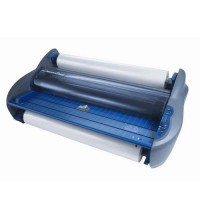
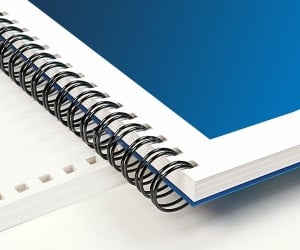
< Over the years, a number of customers have asked me whether they can use twin loop wire with their plastic comb binding machine. These customers often don’t want to have to buy a brand new machine but like the look and feel of twin loop wire binding. However, the answer to their question isn’t as simple as it seems. You see, they actually do make twin loop wire that is designed to work with the plastic comb binding hole pattern. With that said, if you want to use these wires you are going to need a way to close the wires. What is Spiral-O Wire? Let me explain a little bit more…There is a product that we carry called Spiral-O Wire. This wire has 19 loops and is designed to work with the hole pattern from a plastic comb binding machine. Spiral-O Wire is sometimes called Wire Combs or Ibico Wire and was originally designed for use with some of the older Ibico binding machines. A number of the older Ibico plastic comb binding machines also included a twin loop wire closer on the front of them to allow users to use both plastic combs and wire. This 19 loop wire was designed for this purpose. What Equipment is Needed? As the Ibico brand has been phased out by GBC and all of the older Ibico plastic binding machines have been replaced with new models, they no longer have the twin loop wire closer on the front of them. This presents a problem in trying to use these spiral-o wires since you can’t use the wires without a way to close them. One of the only options left is to purchase a Twin Loop wire closer. However, since twin loop wire closers are not incredibly cheap this option usually only appeals to users who have larger electric plastic comb binding machines. Otherwise, it is often advisable to simply buy a low end 3:1 pitch twin loop wire binding machine (the supplies are cheaper). This being said, if you have one of the older Ibico binding machines that has a wire closer included you are in luck. The Spiral-O binding supplies that we carry will work perfectly with your machine and you will be able to use both plastic combs and wire depending on your needs. These Spiral-O binding supplies are available in Black, Silver, White, Blue and Red and in sizes up to 1″ in diameter. If you aren’t sure what type of wire binding supplies that you need to work with your machine simply give us a call. Our trained sales representatives will be glad to help you find the correct supplies for use with your machine.(Read More)
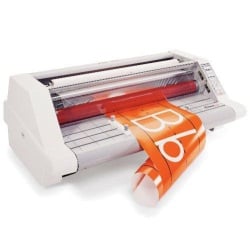

Loading...


